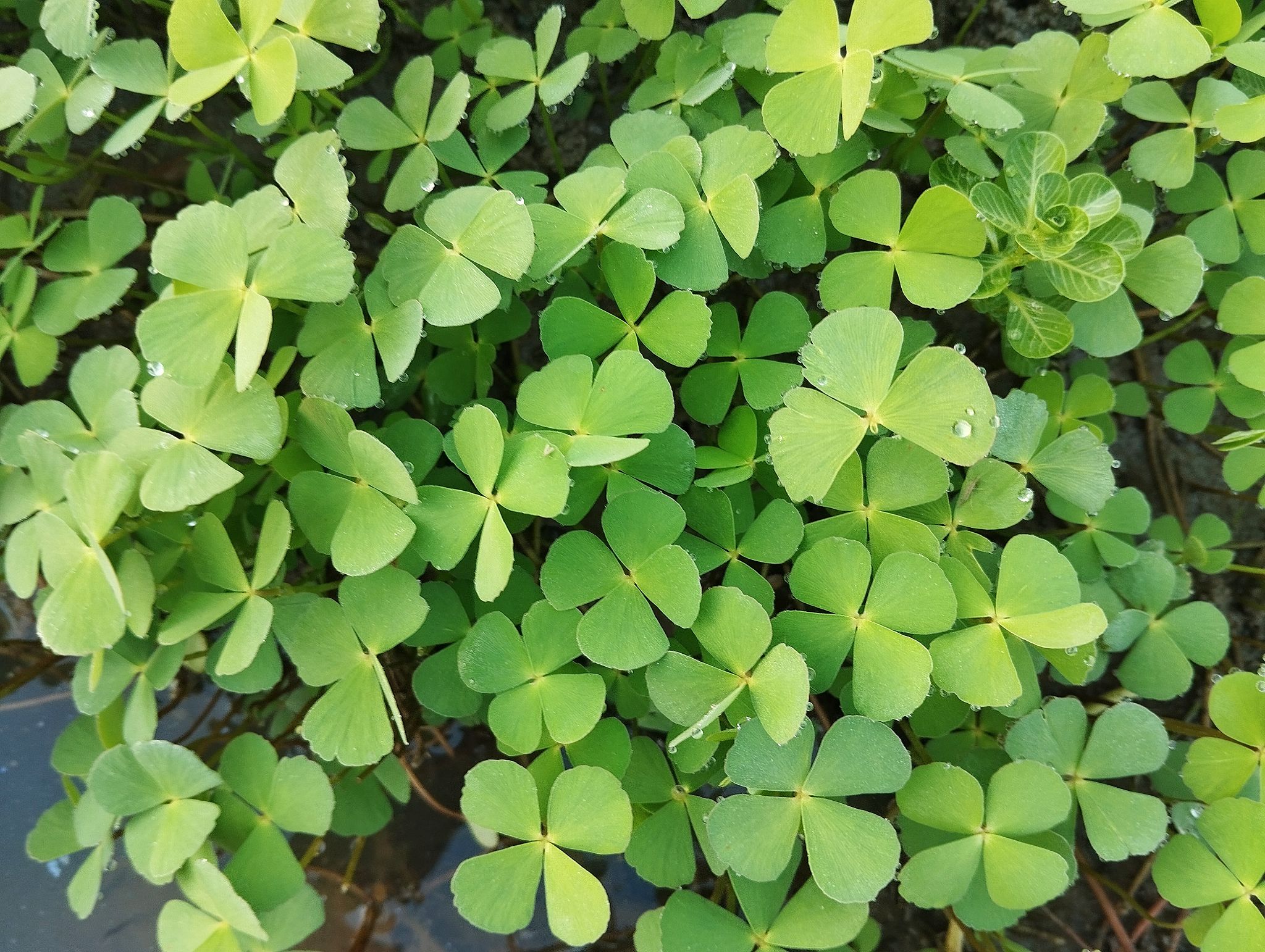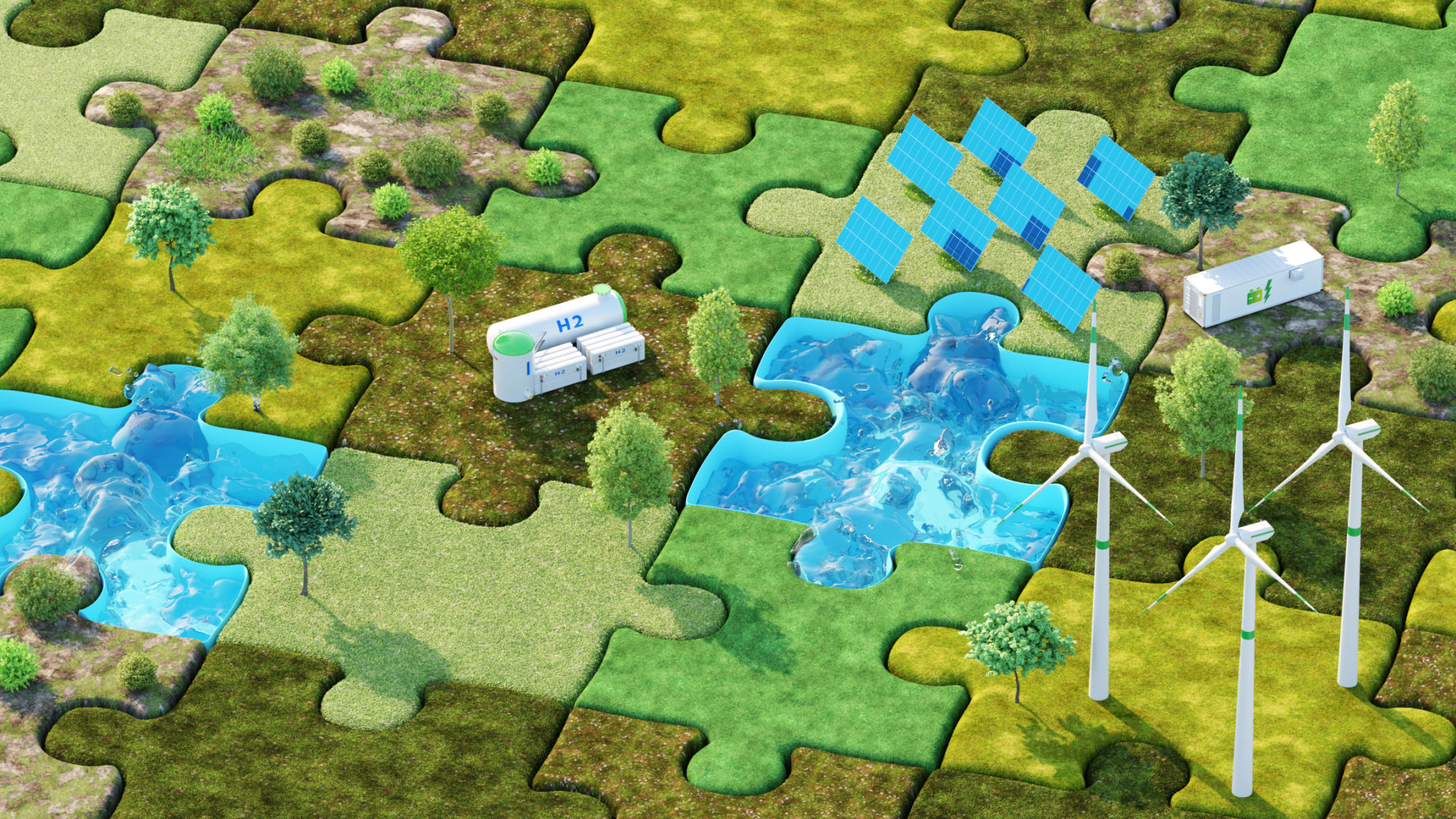From Grass to Clover: Success Stories of Lawn Transformation
The Journey from Traditional Grass to Lush Clover Lawns
Transforming a lawn from traditional grass to clover is increasingly becoming a popular choice for homeowners seeking a more sustainable and visually appealing alternative. The journey from grass to clover involves understanding the benefits of clover, the steps to transition, and the experiences of those who have successfully made the switch.

Why Choose Clover?
Clover lawns offer several eco-friendly benefits that make them an attractive option. Unlike traditional grass, clover is drought-resistant, requiring less water and maintenance. Additionally, clover naturally fixes nitrogen in the soil, reducing the need for synthetic fertilizers. This can lead to cost savings and a healthier environment.
Beyond the environmental advantages, clover lawns are known for their soft texture and rich green color. They provide a lush, inviting appearance that enhances curb appeal. Clover is also resilient against foot traffic, making it an ideal choice for families with children and pets.

Steps to Transition from Grass to Clover
The transition from grass to clover is a manageable process that involves several key steps:
- Evaluate Your Lawn: Before starting, assess your current lawn conditions, including soil health and sunlight exposure.
- Prepare the Soil: Remove any existing weeds and aerate the soil to ensure optimal growth conditions for the clover.
- Select the Right Clover Variety: White Dutch clover is a popular choice for lawns due to its low-growing nature and ability to thrive in various conditions.
- Sow the Clover Seeds: Spread seeds evenly across the lawn and lightly rake them into the soil.
- Maintain Your New Clover Lawn: Water regularly until established, then reduce watering as clover is drought-tolerant.
Success Stories of Lawn Transformation
Homeowners who have transitioned from grass to clover often share inspiring stories of transformation. One such homeowner, Sarah, found that her new clover lawn reduced her water usage by 30% while providing a lush look she had only dreamed of with traditional grass. "The switch to clover was one of the best decisions I've made for my yard," she says.

Another success story comes from Mark, who appreciated how resilient his clover lawn was against pests and diseases. "I used to spend countless hours dealing with weeds and patchy grass. Now my lawn is vibrant and healthy with minimal effort," he explains.
Challenges and Considerations
While clover lawns offer numerous benefits, there are some challenges to consider. Clover can attract bees due to its flowers, which might be a concern for those with allergies or young children. However, regular mowing can minimize flowering and reduce bee attraction.
Additionally, transitioning to a clover lawn may require an adjustment period as you learn to embrace its unique characteristics compared to traditional grass lawns. Understanding these factors can help set realistic expectations and ensure a successful transformation.
The Future of Lawn Care
The shift from grass to clover represents a growing trend towards sustainable landscaping practices. As more homeowners become aware of the environmental impact of traditional lawns, alternatives like clover are gaining traction. This trend reflects a broader movement towards eco-friendly solutions in home gardening and landscaping.
In conclusion, while the journey from grass to clover may require some initial effort, the results are often rewarding. Whether it's reducing water consumption, cutting down on maintenance time, or simply enjoying a more vibrant lawn, the benefits of making the switch are clear. Consider joining the ranks of those who have successfully transformed their lawns and experience the beauty and sustainability of clover.